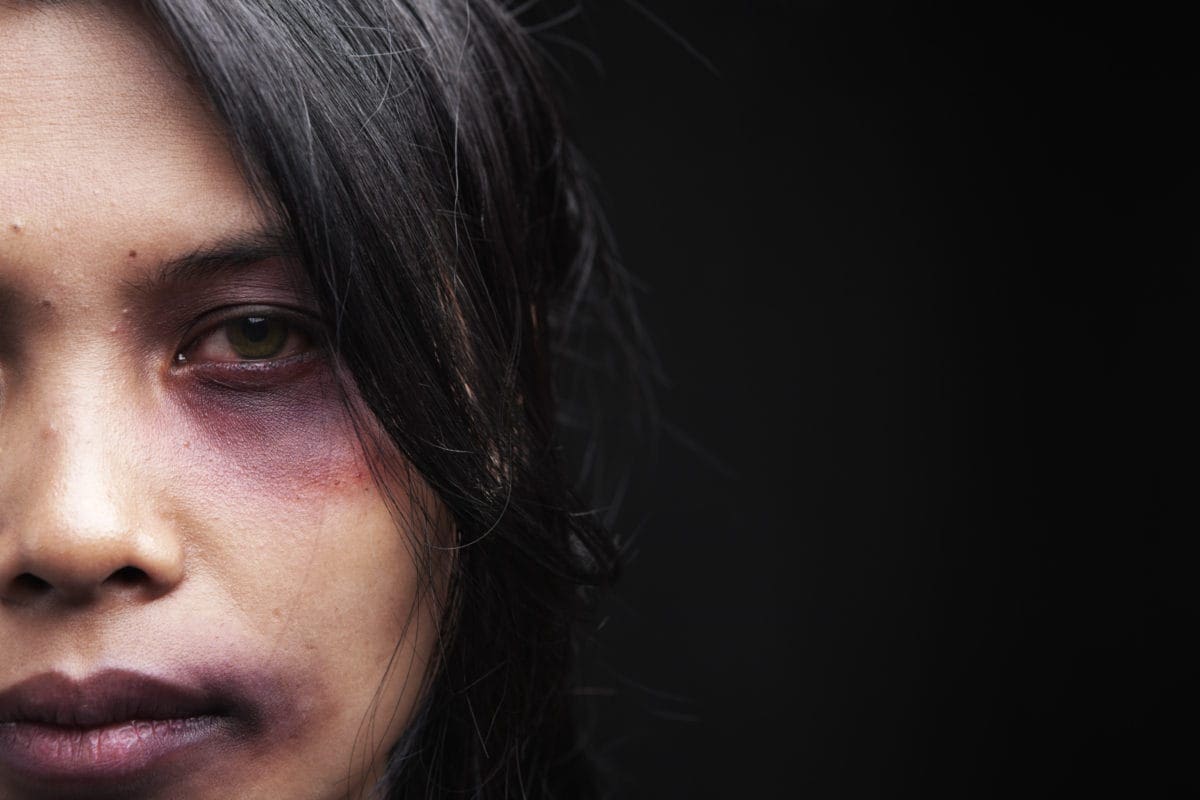
Adolescence is an important period for mental health. Many mental health disorders first appear during these years. Sadly, the suicide rate is high among all people aged 10-24. Lesbian, gay, bisexual, transgender and queer (LGBTQ+) teens and young adults are at even higher risk for poor mental health.
Mental health problems can include depression and mood disorders, anxiety, and post-traumatic stress disorder. There is also the risk of alcohol use and abuse, and risky behaviors (such as unprotected sex). Much of this is due to the stigma associated with being LGBTQ+. LGBTQ+ teens and young adults fear not being accepted by family, friends, teachers, coworkers, their faith community, and the broader community. There is also the fear of being bullied or not being able to achieve certain things because of prejudice. This is called “minority stress.”
Path to better well-being
Many LGBTQ+ teens and young adults are happy, confident people. They thrive in all aspects of their lives. Often, this is due to a safe, caring, and supportive home and school environment. If you are a parent or educator of an LGBTQ+ teen, there are two areas where you can improve your LGBTQ+ teen’s social, emotional, and physical well-being:
- Some LGBTQ+ teens are afraid to tell their parents that they are gay, lesbian, bisexual, or transgender. Children fear losing their parents’ love and support and even being kicked out of the house. As a parent, the best thing you can do for your child is to offer unconditional love and support. To help your teen, offer your support in the following ways:
- Talk calmly and honestly about your child’s feelings.
- Encourage your child to talk to you at any time.
- Invite your child to talk to a counselor or therapist.
- Resist judging based on your own decisions.
- Apply the same values to your child as you would if he or she were heterosexual.
- Stay involved in your teen and young adult’s life.
- Be resourceful. Help your child find the medical, educational, and emotional resources he or she needs to thrive.
- If your child decides to tell friends and classmates that they are LGBTQ+, make sure they are in a safe school environment. Talk to your child about their view of school culture, see if they celebrate diversity, and discuss their policies regarding bullying and violence. Also, look at how your child’s school:
-
- Identify “safe spaces,” such as counseling offices or classrooms, where LGBTQ+ youth can go to receive support from administrators, teachers, or other school staff.
- Encourage school clubs that promote a safe, welcoming and accepting environment (for example, gay-straight alliances or gender and sexuality alliances. These are school clubs open to youth of all sexual orientations and genders).
- Ensure health education on HIV and sexually transmitted infections (STDs) that is relevant to LGBTQ+ youth.
- Trains and requires school staff to learn how to create a safe and supportive school environment for all students, regardless of their sexual orientation or gender identity.
- Facilitates access to community providers who have experience in providing health services, including HIV/STD testing and counseling, social and psychological services for LGBTQ+ youth.
The American Academy of Family Physicians (AAFP) believes that mental health professionals are valuable to people who are struggling with emotional well-being. Many people still turn to their primary care physician for help. Promoting emotional well-being is an important part of family medicine. Early detection of mental health problems is most likely to occur through regular visits to the family doctor. Family physicians treat the entire family. They are often better trained to recognize problems and provide interventions in the family system. Family physicians are also able to treat people who would not otherwise have access to traditional mental health services. Many times, this is due to the social stigma associated with mental illness.
Things to consider
If you are concerned about the emotional well-being of your LGBTQ+ teen or young adult, here are things you can monitor to assess their mental health:
- Sudden changes in your child’s personality, such as withdrawing from friends and social activities he or she once enjoyed.
- Unexplained drops in grades or school absences.
- Unplanned weight loss. This could be the result of an eating disorder.
- Signs of substance abuse (alcohol and drugs).
- Signs of self-harm, such as cutting (sometimes a person wears long sleeves and pants during hot weather to hide the marks).
- Signs of bullying, both physical and emotional (bruises, cuts, fear, avoidance).
- Headaches and stomach aches are common symptoms related to stress.
- Giving away personal treasures (which could be a sign your child is considering suicide).
Questions to ask your doctor
- If I suspect my son or daughter is LGBTQ+, should I talk to him or her about it?
- Can my child’s depression or anxiety be treated with medication alone?
- What should I do if I support my child’s choice but my spouse does not?
- What are the signs that a teenager is considering suicide?
Resources
Centers for Disease Control and Prevention: LGBT Youth
U.S. National Library of Medicine, MedlinePlus: LGBTQ+ Health
Talking saves lives
Lifeguard Guide
Suicide prevention among LGBT people





